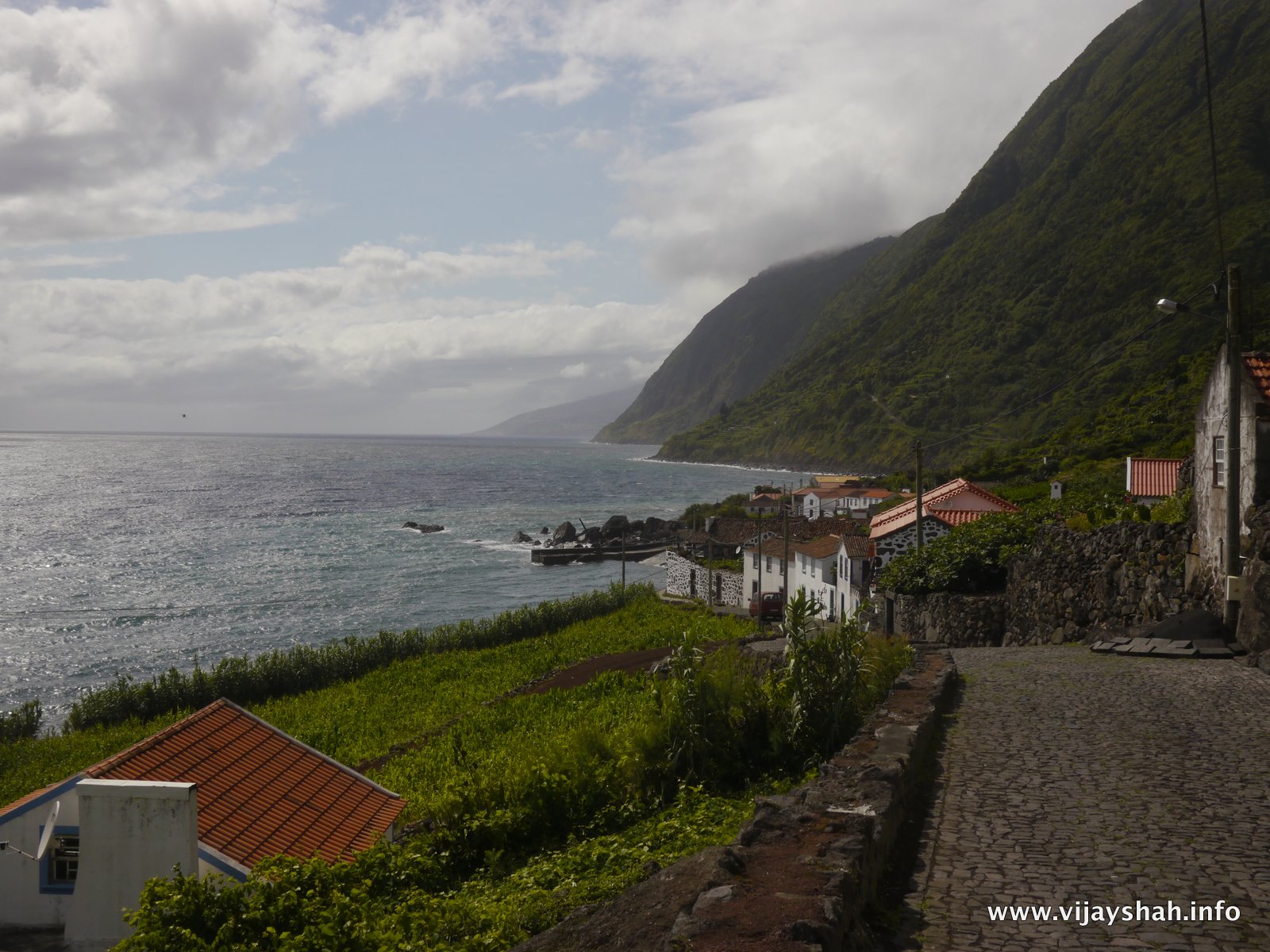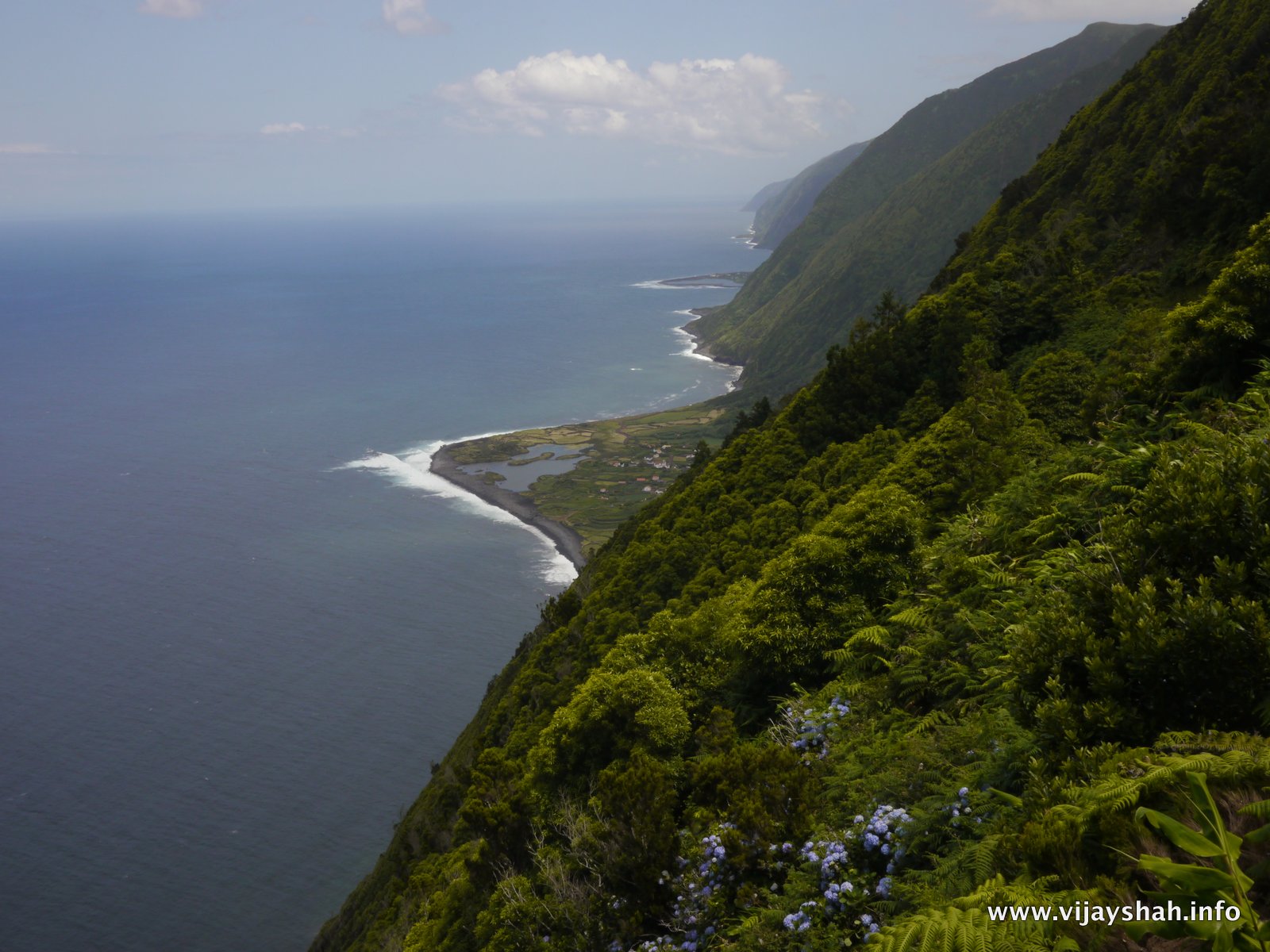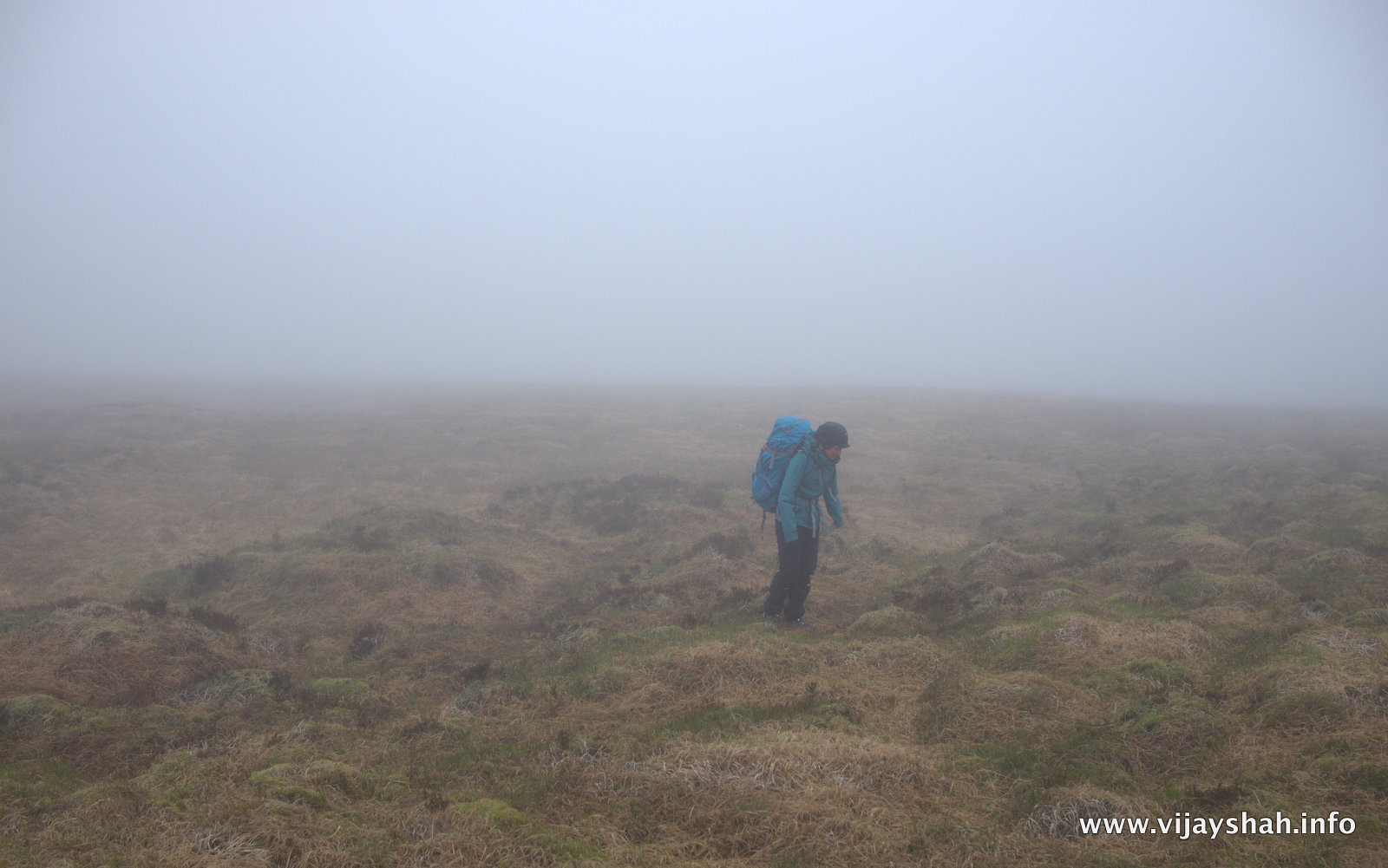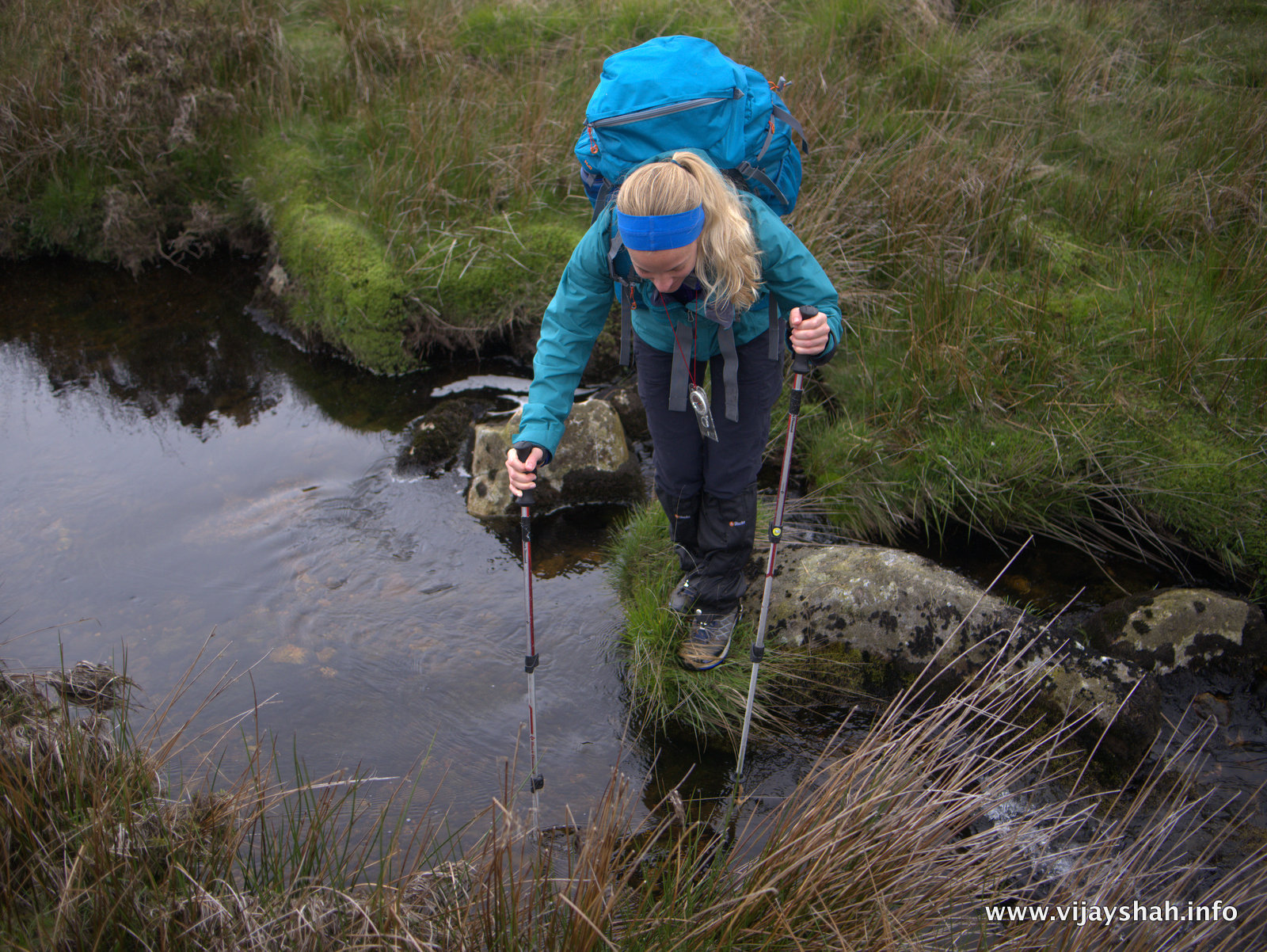Having said all that, the facts remain the same. Flying is completely at odds with the environmental movement. The greenness of new aircraft compared to old ones is measured in single percentage points and, without being overly accurate with my figures here, you generate a smaller carbon footprint by half if you’re driving alone than by flying. This difference would be even more remarkable if you are a couple or a family travelling in one car, where the carbon footprint per person goes down, than a similar number flying (multiplication).
So maybe I should rephrase the question: Why am I still flying?
It is for the reasons that we so all know. It is cheap, amazingly quick and acceptable. It is because everyone else is doing it. It is because these reasons are more important to us individually than the collective good that limiting climate change would have. It is not because we don’t care, it’s because we don’t care enough.
“I take the train.” I say to those doubters. “When it’s only mildly less convenient than flying.” I am forced to add. The trouble is it’s often three times more expensive and takes twice as long. “...and I avoid flying just for weekends.” I finish off with legitimising my green credentials, which tends to mean that for things I ‘shouldn’t’ miss I extend the trip to a week to fit that profile. As for the heralded city breaks to show off our glamorous life styles on Facebook, those I definitely do not do. I much prefer camping in Cornwall anyway.
But that’s not good enough and I think I’m more conscious of the impact than most people. If I can’t do it (won’t do it), how can anyone else can? The answer, sadly, is that in our affluent, globalised, self-gratifying world we are not going to opt for wilful restraint. That also includes not voting in a government that will make these choices less wilful. Are we thus screwed?
Yes and no.
Yes that all this proves that we are as a species, without beating much about the bush, a little crap. It proves that collective activism is sporadic and there is no formula to ignite the fire of our collective hearts and minds. This is compounded by the fact that this is a global problem and requires global action. The larger the number of people affected, the hotter the pot needs to boil before a shift in societal values – this pot is seven billion people strong.

























































